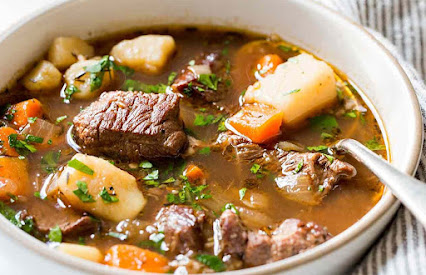Clostridia produce the highest number of toxins of any type of bacteria. Among Clostridium species, Clostridium perfringens is the largest toxin producer and also the most widespread, being found as part of the microbiota of animals and humans and in the soil.
Clostridium perfringens type A is a spore forming, toxin producing bacterium first described by the American bacteriologist, Welch. This bacterium is a gram-positive anaerobic bacillus that is classified into five types based on the production of four major toxins (alpha, beta, epsilon, and iota). In addition to the major toxins, it can produce more than 15 other known toxins. Some C. perfringens strains produce another important toxin named Clostridium perfringens enterotoxin (CPE).
C. perfringens is a preeminent pathogen of humans and livestock, causing both histotoxic diseases and illnesses originating in the intestines, namely enteritis or enterotoxemia (where toxins produced in the intestine are absorbed into the circulation and then damage organs such as the brain).
CPE production, which is responsible for the diarrhea symptoms of diseases caused by cpe-positive type A strains, is sporulation-associated. Intact cpe genes can also be found in some type C, D and E strains.
The enterotoxin gene (CPE) is located on either the chromosome (for most C. perfringens type A food poisoning strains) or large conjugative plasmids (for the remaining type A food poisoning and most, if not all, other CPE-producing strains).
C. perfringens type A cannot only be found in soil, but also isolated from water, dust, sediments and raw and processed food commodities.
Meat and meat products such as soups and stews, are the most common vehicles of C. perfringens type A food poisoning, Contamination of meat by the intestinal contents of slaughtered animals may serve as an important source of this pathogen to food supply.
Clostridium perfringens enterotoxin
The Chemistry Behind Food Flavor
-
Flavor is far more complex than a single taste on the tongue. It is the
result of a close interaction between *taste*, detected by the taste buds,
and *a...






